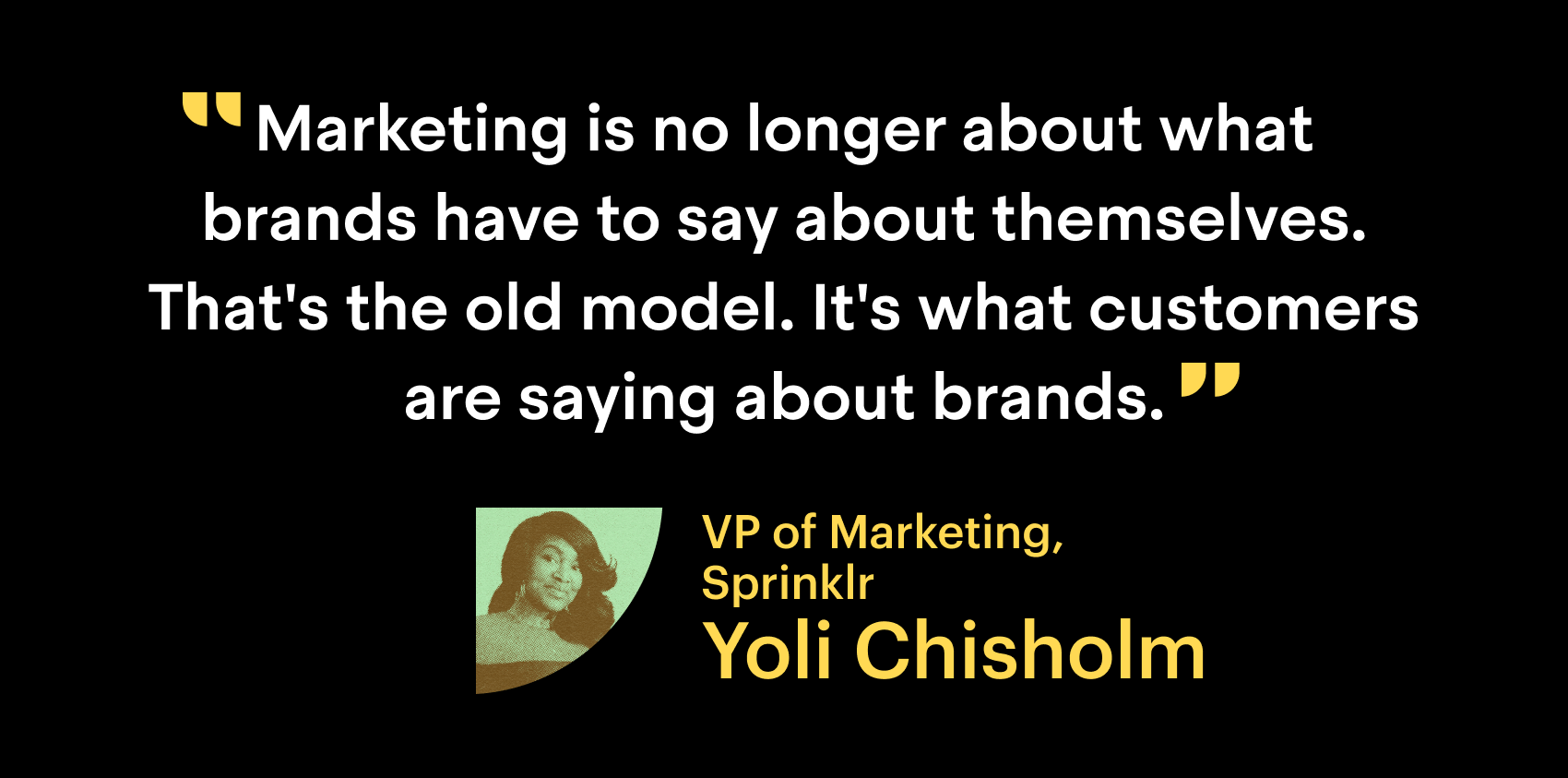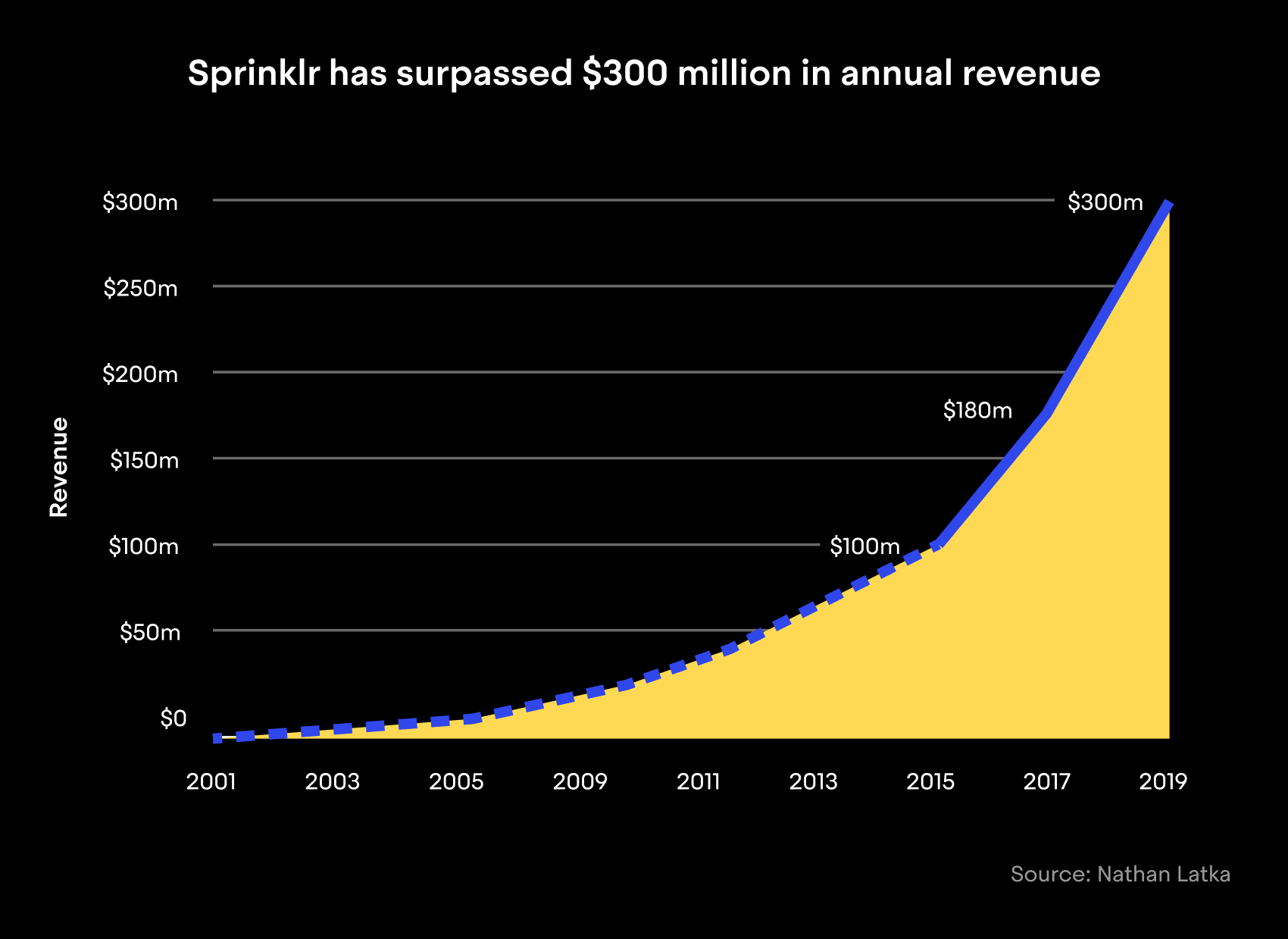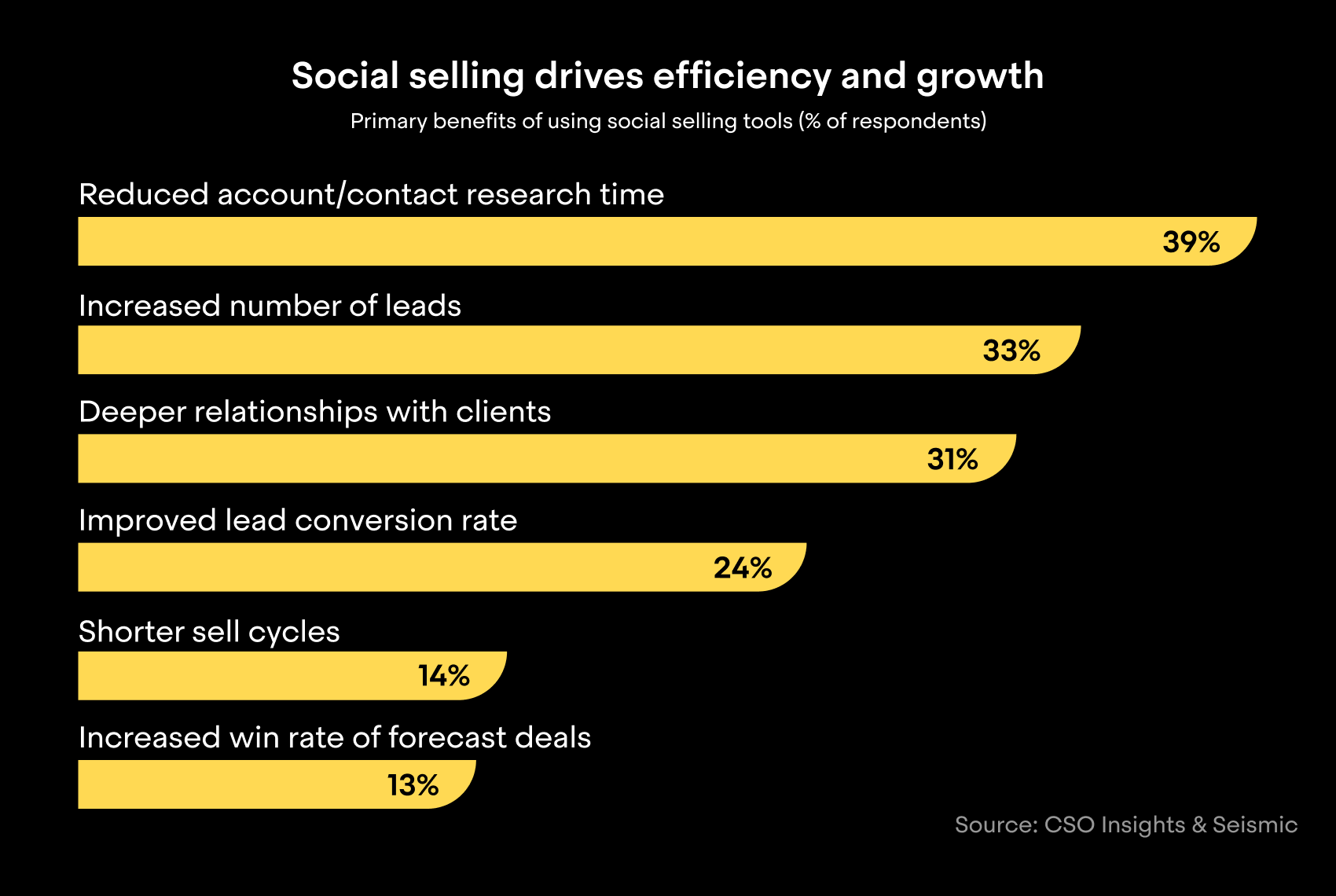But long gone are the days of one-size-fits all marketing. The rise of review sites, messaging apps, and online forums has flipped the relationship between brands and their customers on its head. Where once brands could control what was said of them, today’s customers are well-placed to talk back and to one another – on any platform.

Nowhere is this shift in power from brands to customers more apparent than on the internet’s favorite public playground: social media. Brands that have learned to engage in conversations with – and not just talk at – their customers have reaped the rewards of climbing sales and enduring loyalty. Fast food chain Wendy’s is a prime example of this evolution in customer communication, now boasting a following of 3.7 million thanks to their cheeky Twitter presence.
This shift from a broadcast to a conversational mindset, and technology’s role in that transition, is exactly what Sprinklr has bet on for the last decade. It’s a bet that’s paid off in spades – in 2019, the social media management platform drove more than $300 million in revenue, a financial milestone that only a small handful of businesses ever manage to reach. Today Sprinklr boasts many of the world’s most valuable brands as customers, including Microsoft, Samsung, and Cisco.

Making sure the company “drinks their own champagne,” as she puts it, is their VP of Marketing Yoli Chisholm. For the past twenty years, Yoli has been driving innovation and transformation in marketing at companies like Microsoft, eBay, and Points. At Sprinklr, she’s pushing the envelope again – this time, by turning her attention to something marketers have long wanted to do: have one-to-one conversations with customers, at scale.
Our Senior Managing Editor Fiona Lee sat down with Yoli to learn exactly how embracing a conversational mindset has accelerated the company’s growth. Listen to the full episode above or get Yoli’s key takeaways below.
This is Scale, Intercom’s podcast series on driving business growth through customer relationships. If you enjoy the conversation and don’t want to miss future episodes, just hit subscribe on iTunes, stream on Spotify, or grab the RSS feed in your player of choice.
Unifying the company around the customer
Most companies talk a good game about providing a seamless customer experience. But far too often, departmental silos leave sales, marketing, and support teams with fragmented data and a narrow window into the business’s communications.
Caught in the middle are customers who bear the burden of having to repeat information and replay conversations. It’s a problem that plagues our entire industry – according to Salesforce’s State of the Connected Customer, while 78% of customers expect consistent interactions across departments, 59% say it generally feels like they’re communicating with separate ones.

At Sprinklr, Yoli has taken a sledgehammer to these long-standing silos. In order to provide a seamless experience that delights your customers, your customer-facing teams need to all be having the same conversation, and it starts with a unified view of the customer. As Yoli puts it:
“The way we think about it is removing silos, enabling brands to have that 360-degree view of a customer and ensuring that internally there are no data silos. If there’s been an engagement with a customer and marketing, and there’s been an engagement with a customer and customer service, there’s a historical record of that in a single system.
When you engage with a brand and you’re asked for your personal information, you don’t want to have to repeat that when you’re forwarded on to the next department. Those are the things that have enabled delighting a customer and delighting a consumer. It’s ensuring brands have the right technology to create those delightful experiences. It’s removing the barrier across the different customer-facing departments.”
At Sprinklr, they follow this mindset right down to the seating chart. The inside sales team sits together with the marketing team and both have a close relationship with customer support.
Driving 3X pipeline growth – with social ABM
We’re all familiar with the spray-and-pray sales tactics of yesterday – cold calls and cold emails blasted out with a boilerplate pitch. They’re needlessly annoying for prospects and, worse yet, they simply aren’t an effective way to reach decision makers.
At Sprinklr, their inside sales and community management teams have taken a different approach with social account-based marketing (ABM). Social ABM is all about leveraging social media to garner insights into target accounts, connect and engage with key contacts, and develop authentic relationships. It’s about knowing prospects’ likes and dislikes, what they value in the products and services they use, and ultimately, when they’re ready to buy.
The results have been impressive with Yoli seeing 3X pipeline growth. And it’s not just Sprinklr who has recognized, and reaped, the benefits of social selling. A study from CSO Insights & Seismic of 400 B2B professionals found social selling increases the number of leads, deepens relationships with prospects, and shortens sales cycles.

Here’s Yoli on how social ABM puts their one-to-one, conversational mindset into practice:
“We’re able to look for opportunities to engage in what we call ‘handshakes’…to engage in an authentic way that is driven by [our prospects’] interests and what they care about, the conversations they’re having, the challenges they’ve shared. We know that when people are in the market for a new product or solution, they’re asking questions to their peers and network, and we have the ability to respond and react.
“With social ABM, we’re able to set up an infrastructure where we know who our target accounts are and who they are in social, and we’re able to engage with them and provide helpful information that helps them through the sales process.”
Unlocking the key to one-to-one marketing at scale
For marketers, a hyper-personalized customer experience might well be the holy grail. Just look at the data: 72% of consumers say they only engage with personalized messaging. But utter “one to-one marketing” and most marketers will write it off as too expensive or, for rapidly growing companies, too inefficient.
Today advances in automation are turning what was once a marketer’s pipe dream into reality. At Sprinklr, AI has made it possible for the company to personally respond and connect with customers at scale, all while keeping operational costs at bay. AI enables them, as Yoli puts it, to “connect the dots” – it can route social interactions to the right team, detect the message’s sentiment, and even recommend a suggested response.

For Yoli, one-to-one marketing on social media hasn’t just become a viable option, thanks to AI and automation. It’s now one of the most cost-effective. As she explains it:
“Compared to traditional methods of advertising, using social media for marketing is one of the cheapest ways to build one-to-one relationships. For example, our customer, MGM Resorts, tries to respond to every single customer mention across social channels and review sites, and it uses Sprinklr’s AI capabilities to automatically flag the most crucial mentions and route the message to the appropriate customer service agent.
“This human, one-to-one interaction does not require a significant amount of money on advertising or customer care teams. AI dramatically helps to improve efficiency and reduce costs, and the capabilities of AI to improve personalization will only continue to become more advanced. Combined with social and enabling teams to be able to authentically react, enabling that initial engagement in social and routing it to the right person in customer service – that’s all enabled by technology and fairly inexpensive.”
When done thoughtfully across the customer journey, AI and automation bring together the entire engine and ecosystem of people and resources – a unified approach for a unified customer experience.
You can also read a full transcript of the interview which has been lightly edited for clarity.
